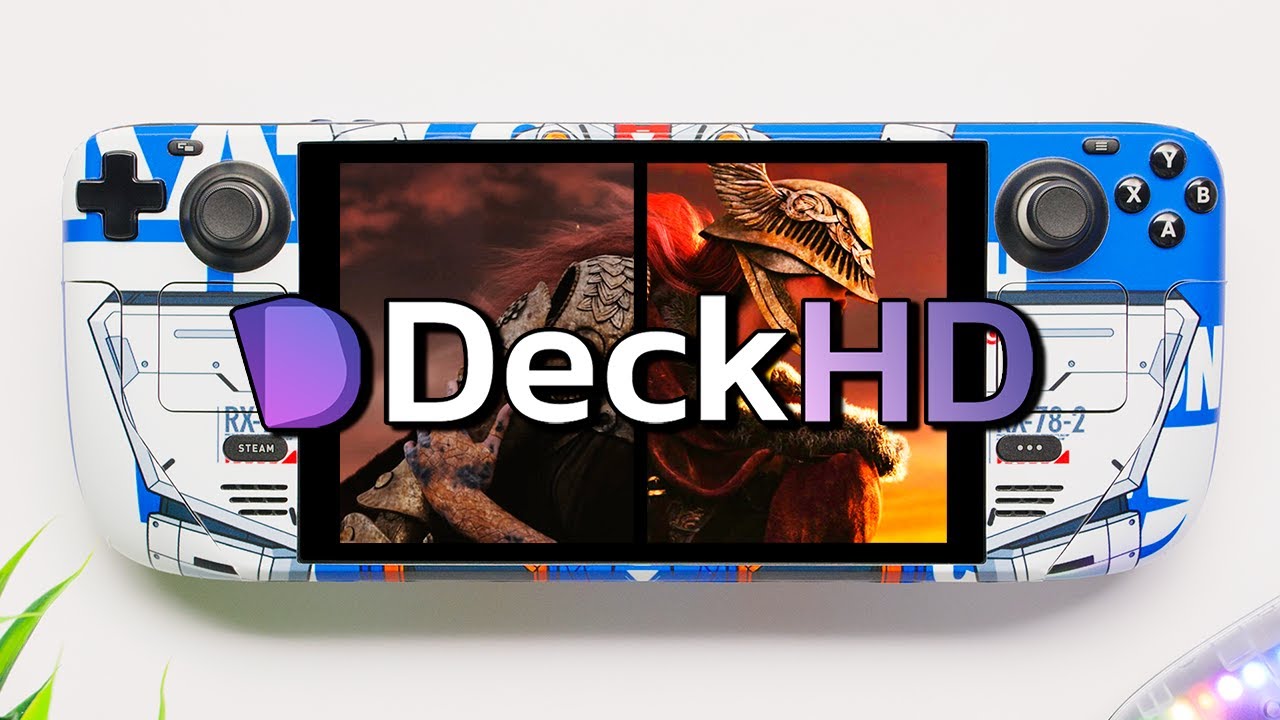Summary of the main points:
- Requires a custom BIOS, and it is not known (except for DeckHD) how to patch the BIOS. Future Valve BIOS will break the screen support and one is at the whim of DeckHD making patched BIOS in the future.
- It is still possible to switch the resolution to 800p.
- Can lock at 40 fps, but…
- Spider-Man Remastered and Elden Ring will only reach 30 fps at 1200p, Final Fantasy XV 25–30 fps, so 40 fps lock is pointless.
- 87.8% sRGB, 6258 K CCT (noticeably warmer) and γ = 2.12, vs. 71.9% sRGB, 7900 K CCT and γ = 2.11 of the stock LCD measured with Calman.
- 439.5 cd/m² (noticeably darker) white luminance to 0.514 cd/m² black luminance, hence 854:1 contrast ratio (less contrast), and vs. 536.6 cd/m² to 0.507 cd/m², 1058:1 stock, and a darker game like Resident Evil 3 seems to suffer.
You must log in or register to comment.
Did they seriously go to all the trouble of replacing the screen and not use a screen with freesync?
Variable refresh rate support means it doesn't matter what frame rate a game can reach and locking is pointless. There's no tearing or stutter ever, whatever rate a game renders at is what the screen runs at.
VRR is incredibly useful for achieving a smooth experience on low powered hardware.
Thank you for the roundup, I was considering it after seeing a friend's Ally screen (and feeling jealous), but that brightness hit, and the custom BIOS is a hard pass from me at this stage

